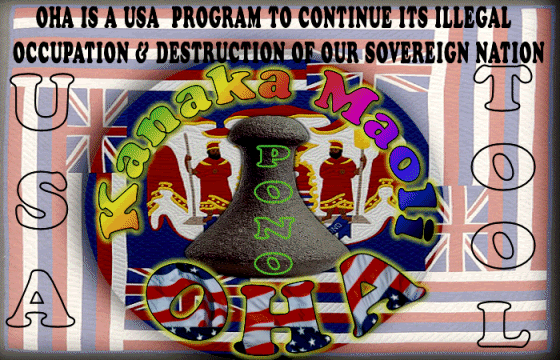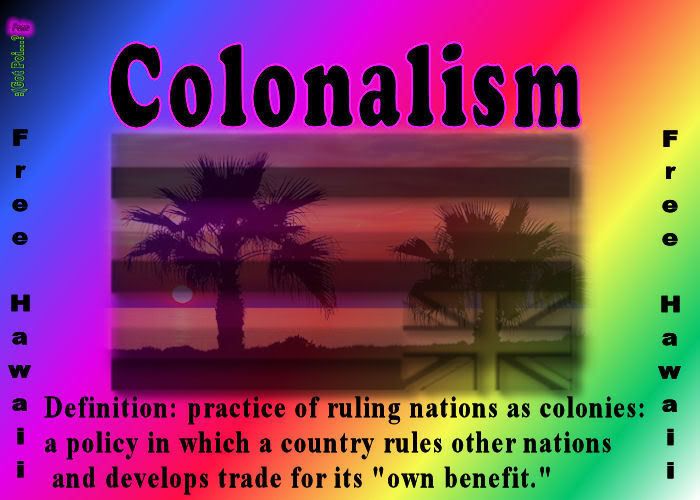




| |||
| July 31, 2008 Wailuku Country Estates resident Daneford Wright presented documents to the County Council on July 8 illuminating a number of troublesome developments in the agricultural subdivision where he lives. Situated on lands formerly planted in sugar cane and macadamia nuts by Wailuku Sugar, and later, Wailuku Agribusiness, the neighborhood consists of 184 two-acre lots adjacent to Happy Valley and nestled up against the West Maui Mountains. Wright testified that Wailuku Country Estates has never fulfilled the final subdivision standards required in a contractual agreement with the County of Maui in 2002, at which time the developer (Brian Anderson, son of Hawaii businessman/politician D.G. “Andy” Anderson) posted a $20 million bond. Council members heard that there has been no dedication of roadways or sewer lines to the county, and both an offsite retention basin and a Spreckels Ditch crossing have not been constructed, Even more distressing, Wright related that the county reduced the bond a few years ago to $1.25 million—not even enough to build the retention basin—and that lot owners have seen their ag water allocation dropped from 5,000 to 2,000 gallons daily. Wright maintains that is insufficient supply to sustain the farming activities he has planned for his property. Wailuku Country Estates, along with Launiupoko in West Maui, were two of the last large agricultural subdivisions “grandfathered in” and not required to abide by the limited number of two-acre parcels set forth in the ag zoning revision ordinance in 1998. Previous to that revision, community members and decision makers saw the rapid growth of pseudo-farm “gentlemen’s estates” on large parcels of formerly productive ag land. Many of these subdivisions now sport mansion-sized dwellings, huge lawns and even swimming pools—but little that would indicate real agricultural activity. Continuing questions over water resources hang like a dark cloud over Wailuku Country Estates (WCE), as well as other recently transferred and subdivided ag lands. Though connected to the county’s drinking water system, WCE homeowners are restricted against using that potable water for agricultural irrigation. Instead, they have a separate ag water line, supplied by Wailuku Water Company (WWC), from their irrigation ditches that withdraw surface flows in the four major valleys of the West Maui Mountains. About a year ago, according to Wright, WWC notified homeowners that their $95 monthly water payment that once allocated 5,000 gallons to each lot was to be reduced by 60 percent, and that any additional usage would face a charge of two dollars per additional gallon. Wailuku Water Company is not a licensed water utility, though they recently petitioned the Public Utilities Commission for that status. Department of Water Supply Director Jeff Eng was among many testifiers who asked the PUC not to issue a license to WWC, particularly while the state Commission for Water Resource Management was still awaiting a ruling on a long contested hearing over that very resource, to determine appropriate instream flows to support stream biota, and appurtenant rights for farming. Apparently, those surface waters being withdrawn by WWC are also coveted as new source for domestic water supply. Alexander & Baldwin, Inc. (A&B) is the parent corporation to Hawaiian Commercial and Sugar (HC&S), currently the largest user of surface waters from Waikapu, `Iao, Waiehu and Waihe`e valleys. But A&B’s retail, commercial and residential property ventures net them far more profits than their agricultural sector, with 36,000 acres planted in sugar cane. Last month. A&B issued an Environmental Impact Statement (EIS) Preparation Notice for a proposal to use those same contested surface waters for a nine million gallons per day Water Treatment Facility (WTF). Though it is not stated in their prep notice, A&B stands to reap half of the treated water from the facility to be built on their Waiale Road property, with the County utilizing the rest, if the collaborative proposal announced by Mayor Tavares is approved. The proposed WTF will likely be considered part of a long-delayed Water Use and Development Plan for Maui County, a required update that has languished for years while development has continued to strain available water resources. In the interim, the County Council attempted to tighten the reins on unrestricted development by passing the so-called “Show Me the Water” bill last December. This new law was addressed in the EIS prep notice, which states, “Current source availability is limited, as evidenced by the recent adoption of Ordinance 3502 relating to Water Availability which requires verification of a long-term reliable supply of water before subdivision approval can be granted.” The document also contains a letter from Yvonne Izu, Deputy Director to the State Commission for Water Resource Management CWRM). It concludes with a caveat over the proposed usage: “We have no objections to the proposed usage of treated surface water as a source for domestic water supply. However, the source of this water is Waihee Stream, and diversions therefrom are subject to a pending petition to restore stream flowC9.Accordingly, the Applicant and the County of Maui, Department of Water Supply, should be advised that long-term reliance upon water from Waihee Stream as a source for the surface water treatment facility shall be subject to the resolution of these pending actions and the determination of Instream Flow Standards.” Also apparently vying for water from the same source is Patricia Bragg and the Living Waters Land Foundation, owners of a 553-acre parcel in Waiehu, purchased from Wailuku Agribusiness for $1.1 million in 2002. Bragg’s attorney, Brian Jenkins, sent a letter to Maui Time Weekly in response to the Nov. 22, 2007 Rob Report column, “Ag Lands and the ‘M’ Word.” In the letter, published in the Feb. 21 edition of MTW, Jenkins insisted that the reason they asked the County of Maui to formally recognize 25 historic lots on the large parcel was because, “it was essential to ensure that the appurtenant water rights that were part of the title to some of these lots were reserved.” Jenkins went on to state, “Ms. Bragg expressly purchased these lands to preserve and protect them from the type of development that has been the fate of other lands formally owned by Wailuku Agribusiness Co., Inc., and to continue farming on the lands.” To that end, Bragg is leasing about 20 of her 553 acres in Waiehu to a dozen or so farmers, according to Anthony Pignataro’s Feb. 28 cover story, “In the Name of the Father.” The irrigation water for the twenty acres being farmed was secured through an agreement between Living Waters and Wailuku Water Company. That in itself is curious considering that Living Waters has been a petitioner with standing in the Na Wai Eha contested case hearing against Wailuku Water Company. Subsequent to the county’s determination of the 25 historic lots that had been consolidated in one tax map key by Wailuku Sugar, Jenkins has filed for a consolidation and re-subdivision of eight lots. In a preliminary subdivision application submitted earlier this month by Jenkins, and signed by Bragg, there is indication that the subdivision would use a private water system. The application calls for a “Statement of source, quality, and quantity of water.” However, an attached, unsigned sheet on the letterhead of Newcomer-Lee Land Surveyors, Inc., mentions both the irrigation water from WWC and a private water well, “that could be used for domestic and irrigation purposes, should it become necessary.” It further states that they believe a statement of source, quality and quantity would be required concurrent with building permit applications on the new lots. While stating that no drainage or flood control improvements are planned or anticipated, nor any other improvements by the subdivider, their application also admits that sewage disposal would be dealt with, “by individual wastewater systems to be approved by the Dept. of Health at the time of development.” (Emphasis added.) So, it raises questions as to whether there is an effort to submit subdivision permit requirements in a piecemeal fashion, where preliminary approvals may be attained without divulging full impacts of the possible development of subdivided parcels on water and other resources. One might also question whether the recognition of the historic lots on the parcel had more to do with appurtenant water rights, or future subdivision. It remains to be seen if the Department of Public Works will require accurate water data at this time, abiding with the intent of the “Show Me the Water” ordinance. In the case of Daneford Wright’s allegations of the developer’s and county’s failure to fulfill fiduciary and contractual responsibilities for Wailuku Country Estates, Council members pledged to bring the matter before the Publics Works and Facilities Committee. Said Wright in his transmittal to Council members, “It is with respect that I give the County of Maui a chance to right the wrong and make it pono.” Committee co-chairs Mike Victorino and Bill Medeiros may or may not wish to bring the matter up in the months before the election, but the community needs to hear more about what really happened, in order to rectify the matter and see that similar situations don’t occur. At present, it seems there are a number of loopholes big enough to allow a bulldozer to drive through. With a groundswell of voices calling to augment our island food supply with homegrown crops, we need to do everything we can to safeguard our water resources and enhance existing provisions for those truly wishing to farm ag lands.   | |||

Comments